How Artificial Intelligence is Reshaping the Legal Profession
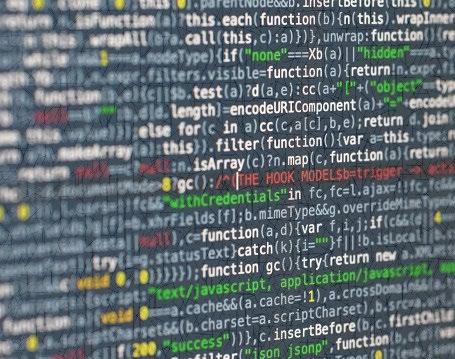
Debbie Silberman, Esq.
Stritmatter, Kessler, Koehler, Moore
May 30, 2023
“A.I. will transform the field of law.” Forbes, Rob Toews, December 19, 2019.

“How A.I. is reshaping the legal profession.”
Business Law Today, February 21, 2022.
“A.I. is coming for lawyers, again.” NYT, Steve Lohr.
April 10, 2023
“How AI will revolutionize the practice of Law.”
Brookings Institute, John Villasenor, March 20, 2023
“Age of AI has begun.” Gates Notes, Bill Gates, March 21, 2023.
•
•
•
•
•
Geoffrey Hinton - November 2016
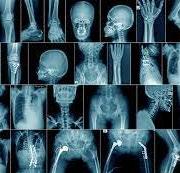

“
We should stop training radiologists now. It's just completely obvious that within five years, deep learning is going to do better than radiologists.”

“
This isn't just a science fiction problem. This is a serious problem that's probably going to arrive fairly soon, and politicians need to be thinking about what to do about it now.”
“These things could get more intelligent than us and could decide to take over, and we need to worry now about how we prevent that happening.”
What should we do now?
• Develop new skills
• Attentive to protecting client confidentiality
• New law firm training
• Law school curricula


2.
Agenda
3. How is ML being used in the law?
4.
1. What is ML?
Using chatbots
Limitations & ethics
Definitions
Artificial Intelligence (AI): exceeding or matching the capabilities of a human.
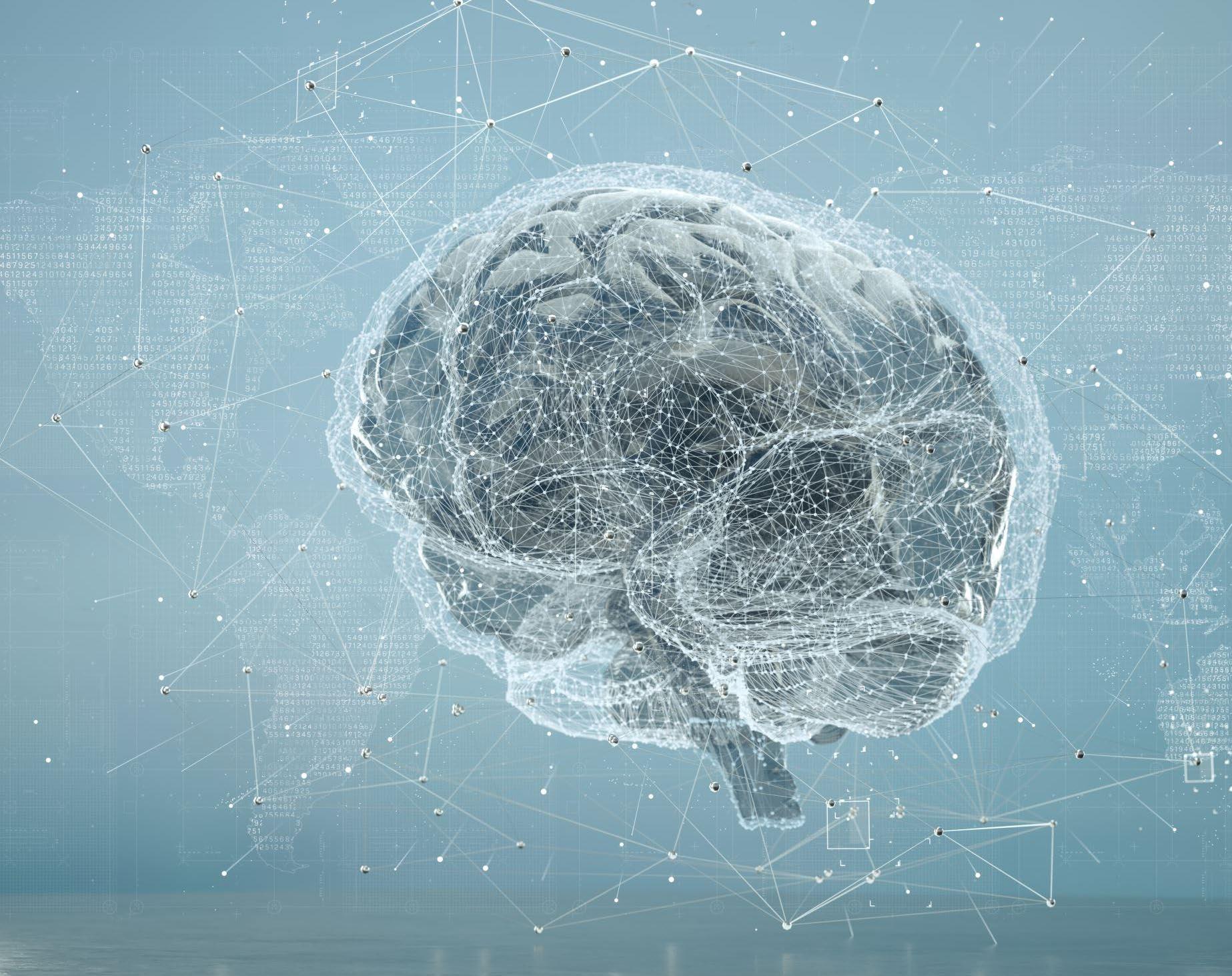
Machine Learning (ML): involved predictions or decision based on data.
Machine learning ⊆ Artifical intelligence

I work in machine learning… AI is a term for journalists….


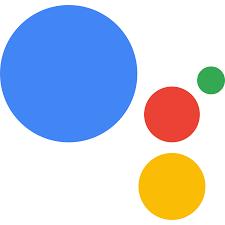


Everyday Examples of Machine Learning Apple’s Siri Amazon’s Echo Google Assist Facebook Email Spam

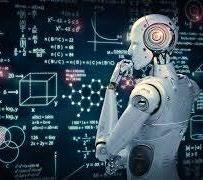
Method
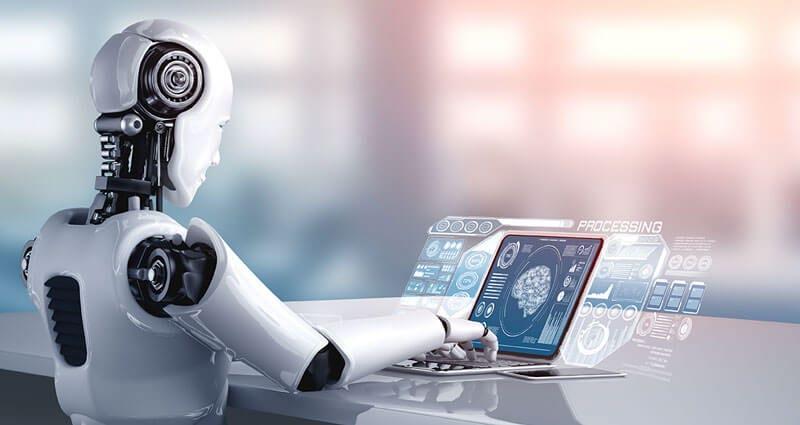
Unsupervised Learning Semi
of Learning Supervised Learning
supervised learning Reinforcement learning
Supervised Learning
Engineers train a model
Machines make predictions based on training
Engineer corrects those predictions
Predictions get better

99% of ML
•
•
•
•
Graphic
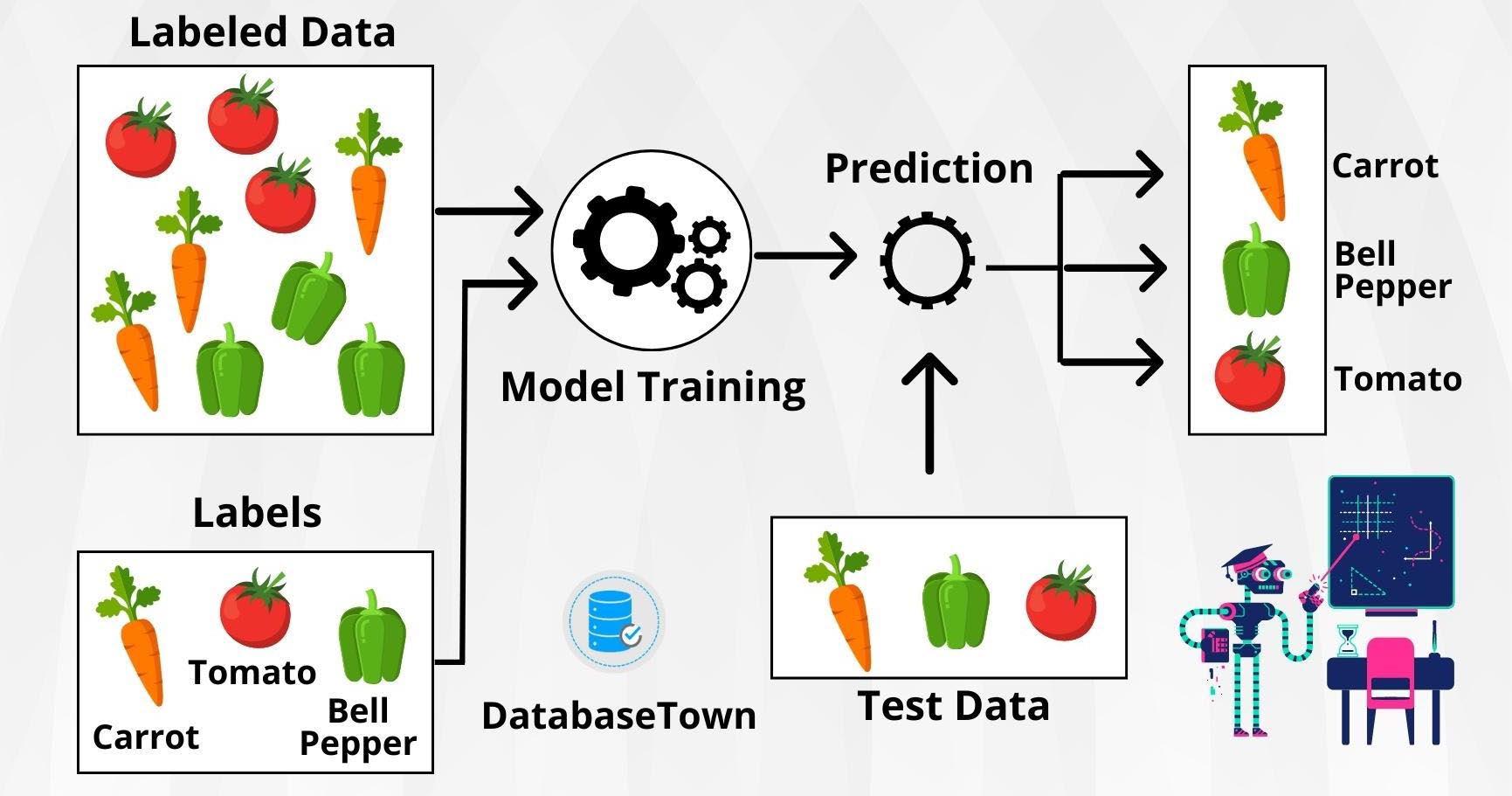
Supervised Learning
source: https://databasetown.com/
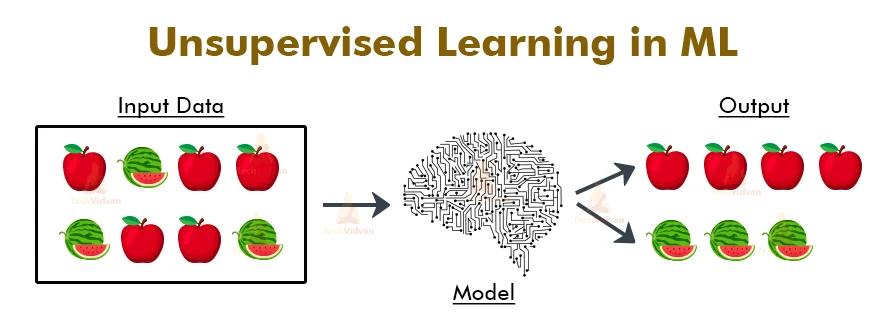
Unsupervised Learning • Data Mining • Clustering Data Graphic source: https://techvidvan.com/
Reinforcement Learning
Learning to walk
Shift weight
Move legs • Taking forward step= reinforcement signal

Falling = reinforcement signal
• Learning what works and what doesn’t work
•
•
•
•
Reinforcement Learning

• Computer chooses a move
• The computer gets feedback only if it wins or loses.
•
Which moves were good, and which were bad?

AI is applied to lots of different domains
• Images - computer vision
• Text - natural language processing
• Sound

Language Models

There are many types of AI algorithms for processing text.

Language model = type of AI algorithm
Language models are all of a sudden really popular.
•
•
•
Language Models
• LM = use of various statistical and probabilistic techniques to determine the probability of a given sequence of words occurring in a sentence.

• Data algorithm
• Algorithm rules for context in natural language
• Rules in language tasks to accurately predict or produce new sentences.

Language Model Example


** graphic source: from: https://ai.googleblog.com/2021/12/evaluating-syntactic-abilities-of.html
ML and Law
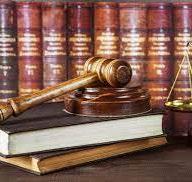
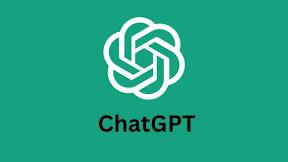



The core function of these chatbots is to mimic a human conversationalist.

• OpenAI, a SF based research laboratory
• Nov 22: chatbot made public
• Jan 22: Microsoft announced multiyear/multibillion investment
• Trained on data set from events before Sept 2021
• ChatGPT3 vs. ChatGPT +
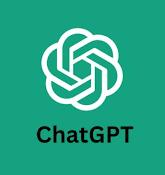
• Developed by Google
• A direct response to rise of OpenAI’s ChatGPT
• 100% free
• Access to the internet and the latest data

• Facebook AI Research -
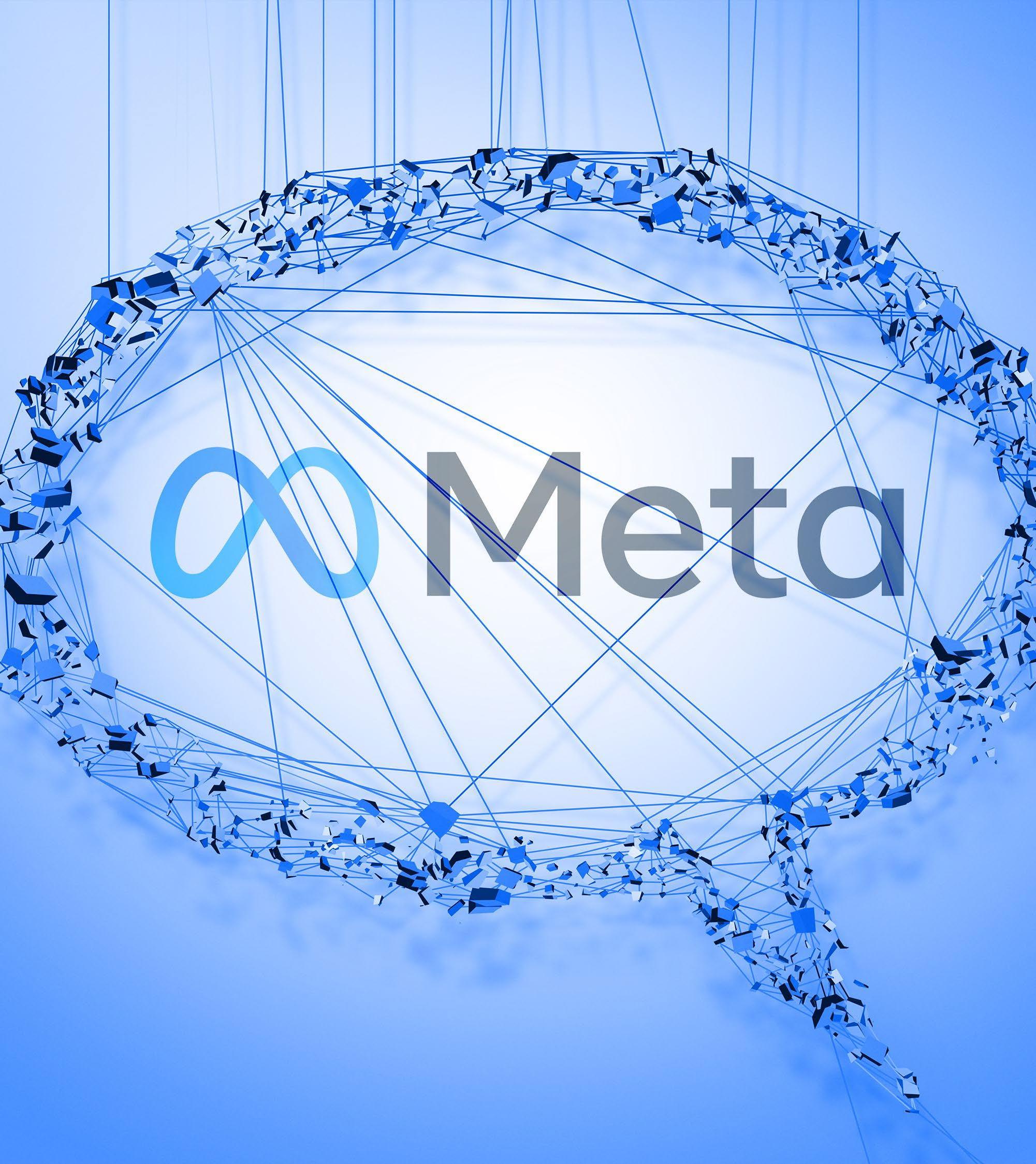
• Open-sourced in 2020
• BlenderBot 2.0
• Can access, search the internet for timely information
• Ability to access memory
• Reduce hallucination
BlenderBot
• Anthropic, a startup built by former OpenAI team members
• Backed by google

• Launched March 2023
• Not yet public

How can you use ChatGPT & Bard?
Opening/closing
Deposition prep
Letter writing
Legal research
Investigations
Motions
•
•
•
•
•
•
DEMOS
I’m deposing a surgeon in a medical malpractice case who operated on the wrong knee. When he realized his mistake, he continued operating. What questions should I ask him in the deposition? • I need to write an opening statement. I represent the estate of a 17- year old boy, with a history of depression who was using acne medication. After one month of using this medication, the boy committed suicide. I am suing a pharmaceutical manufacturer because the labeling for the medication failed to adequately warn of increased risk of suicide in patients with histories of depression.
I need to email a legal colleague regarding their repeated failures to meet deadlines for a case we’re working on together. If they can’t meet deadlines, I will have to take them off the case.
•
•
HELPFUL TIPS
• Be specific
• Use context
• Ask clarifying questions
• Experiment with rephrasing
• Set the desired level of detail
• Provide examples/analogies
• Ask for pros and cons
• Fact check
• Keep it conversational
Every case has documents
E- discovery = electronic aspect of identifying, collecting and producing electronically stored information (ESI) in response to a request for production in a lawsuit or investigation

E-Discovery •
•
E-Discovery & AI
E-discovery ML tools can scan thousands of documents and files in minutes to identify relevant items.
ML uses huge amounts of structured and unstructured data to find patterns and nuances that would otherwise be almost impossible to find.

•
•
E-Discovery AI Tools
Clustering
Email threading

Concept search
Technology assisted review – TAR
Entity recognition
Sentiment analysis
Machine translation
Anonymization & identity masking
•
•
•
•
•
•
•
•
E-Discovery AI Tools:
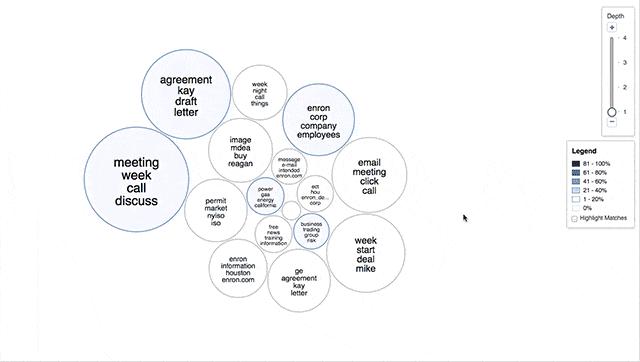
** graphics source: e-discovery company called Relativity
Clustering The purpose of clustering is to group “similar” items together.
E-Discovery AI Tools: Email Threading
Email threading identifies email relationships— threads, people involved in a conversation, attachments, and duplicate emails—and groups them together so you can view them as one coherent conversation.

E-Discovery AI Tools: Email Threading

** graphics source: opentext
E-Discovery Tools: Concept Search
• Machine learns the context in which words are used
• Mathematically models relationships among words.

• Users can search by meaning rather than by individual terms.
• Ex: search for “cups” would produce docs for “mugs” and “glasses.”
• Concepts vs. keywords
Example:
• “Do you want to watch the hockey game tonight, I bet the Krakens score”
• “Do you want to watch the game tonight, I bet the Krakens score”
E-Discovery Tools: Technology Assisted Review
“TAR”
• TAR/ predictive coding - widely available in eDiscovery software products today
• Algorithms that distinguish relevant from nonrelevant docs based on the coding of human reviewers and can then classify unlabeled documents on its own.

** graphics from JDsupra
E-Discovery Tools: Entity Recognition
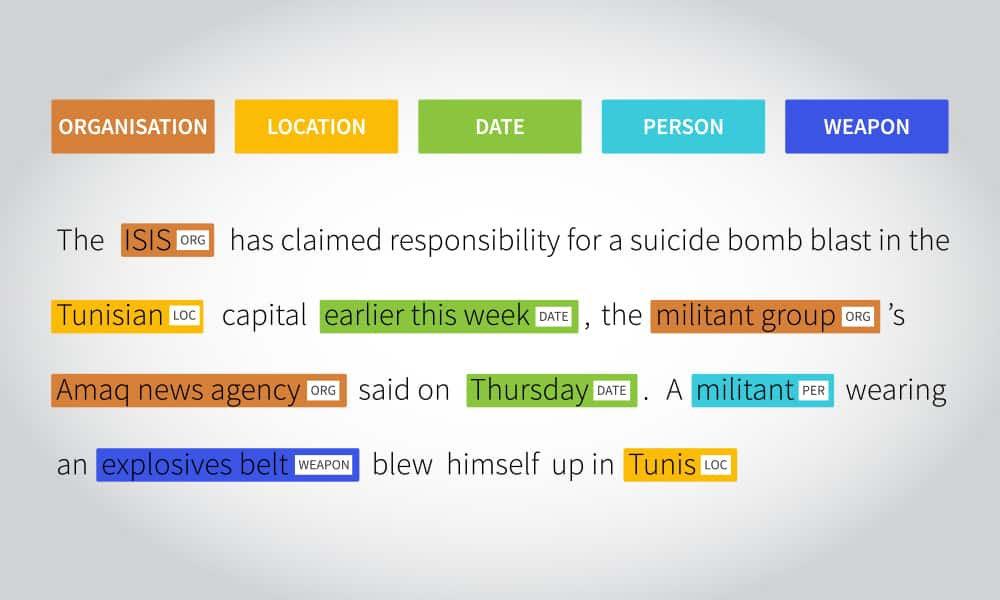

Supervised
machine learning process where the computer learns to identify entities such as names of people, places, or companies, dollar amounts, job titles, account numbers, case/matter numbers, or other things.
** graphic source: https://www.shaip.com/
E-Discovery Tools: Sentiment Analysis
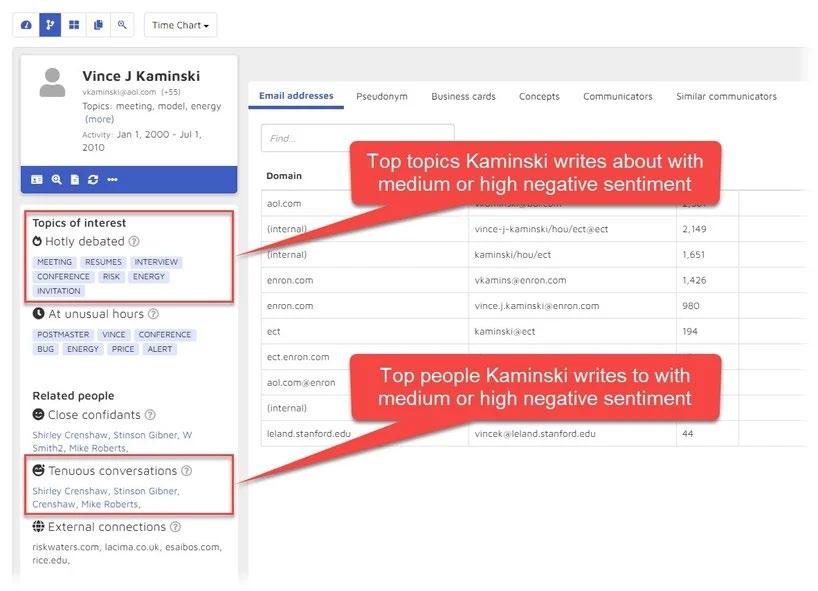
• Identify emotional content of data e.g., excitement, anger, positive or negative emotions.
Ex: “we need to hide and destroy those documents,” classified as a negative sentiment.
Ex: “I was selected as Best Lawyer of the year,” analyzed as positive sentiment.
•
•
** graphics source: https://resource.revealdata.com/
E-Discovery
Tools: Machine Translation
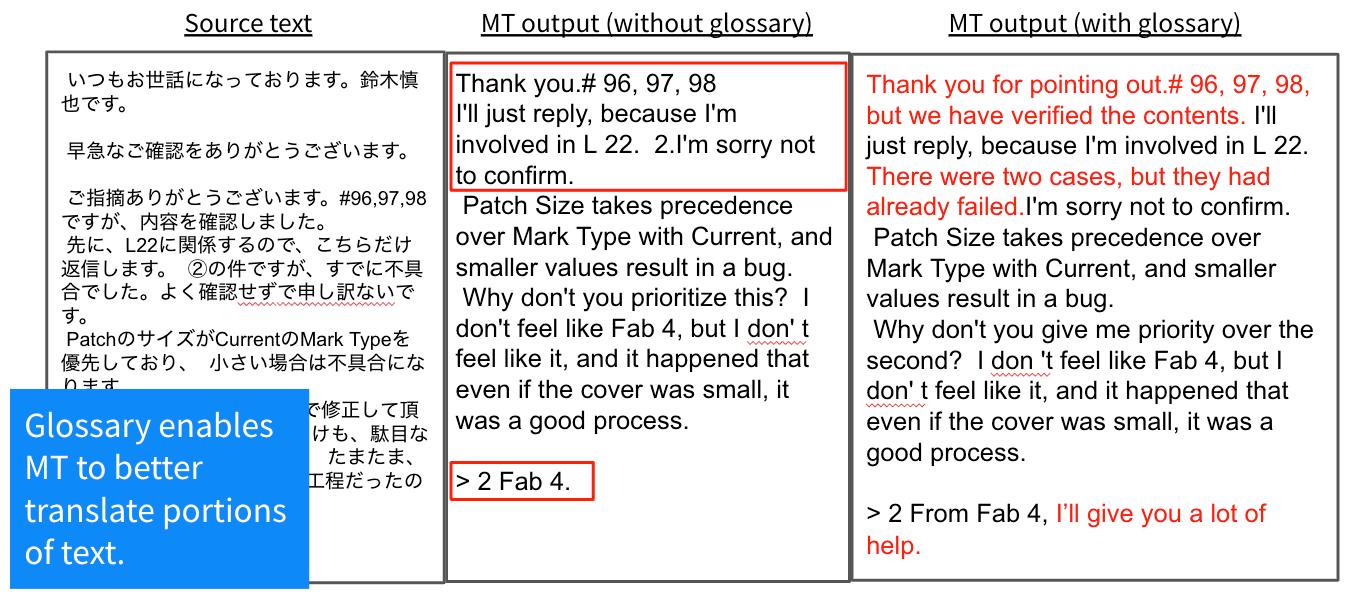
** Graphic source: rosette.com
• MT have improved to a considerable degree in the past few years.
E-Discovery Tools: Anonymization & Identity Masking
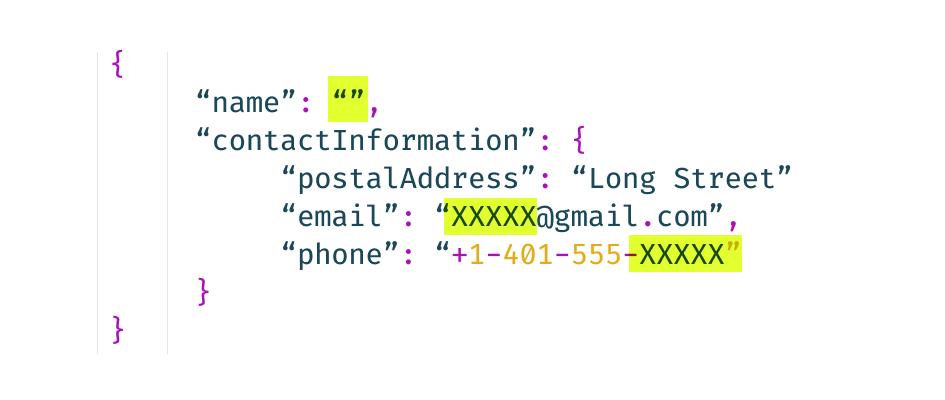
• Process of removing private or confidential information from raw data
• Goal: anonymous data

** Graphic source: https://www.egnyte.com/
Criminal Law

Risk assessment tools
Facial recognition
Gunshot detection
•
•
•
Criminal Law: Risk Assessment Tools

• Use ML at arraignments to “help” determine bail and sometimes sentence
• Designed to take in details of a defendant’s profile & produce recidivism score—a single number estimating the likelihood that defendant will reoffend.

Criminal Law: Risk Assessment Tools


ML algorithms use statistics to find patterns in data.
If you feed it historical crime data, it will pick out the patterns associated with crime.
Statistical correlations, NOT causations
.
If an algorithm found that low income was correlated with high recidivism, it wouldn’t give you actual info about whether low income actually caused crime.
Can turn correlative insights into causal scoring mechanisms.
•
•
•
•
•
Criminal Law: Facial Recognition
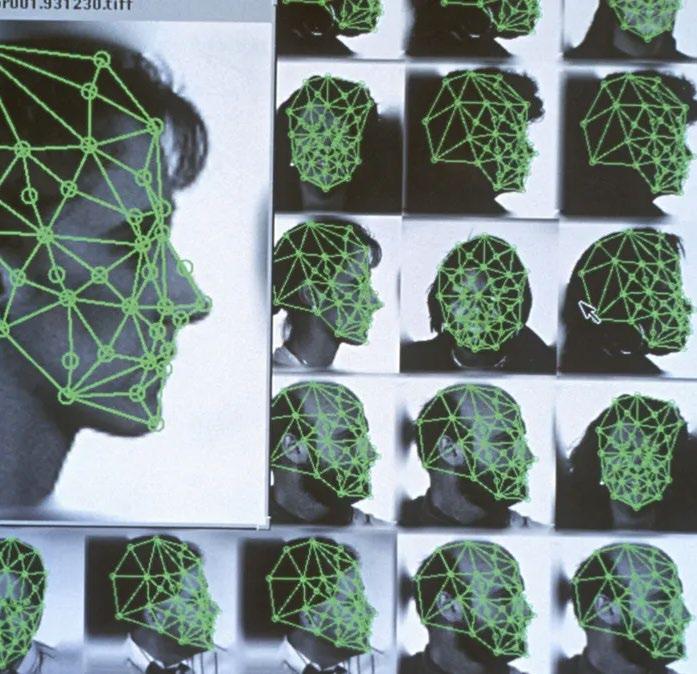
Major resource for police departments searching for suspects

Criminal Law: Gunshot Detection
• Shotspotter
• Leading gunshot detection software

• Over 130 cities
• a combination of microphones and audio analytics software that claims to identify the sound of gunshots
• Non-open source software
Loud Noise software visualizes “image mosaics”
ML compares incoming mosaics to mosaic previously identified as gunshots
Case Law
Judicial Analysis
Brief Analysis
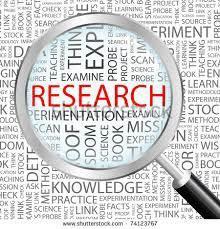
•
•
•
Research: Case Law
• Thomas Reuters (Westlaw) vs. Reed Elsevier (LEXIS)
• Westlaw-

• Four yrs. ago: launched Westlaw Edge
• Just released: Westlaw precision
• Search results that better match not just the legal issue, but also the outcome, fact pattern, cause of action, motion type and outcome, party type, and area of law.
Research: Judicial Analysis
• Ravel Law
• LexisNexis
• Uses analytics of judicial opinions to predict how specific judges may decide cases, including providing recommendations on specific precedents and language that may appeal to a given judge.
• SC analysis

• Law professor Daniel Katz
• Utilized legal analytics and machine learning to create a highly accurate predictive model for the outcome of Supreme Court decisions.
• SCALES (The northwestern Open Access to Court Records Initiative)
• Law and computer engineering professors has been applying ML to court record data so legal researchers can search for systematic patterns, inconsistencies, and biases in the judicial system.
• The platform is now in the beta/ testing development stage

Research: Brief Analysis
• Bloomberg Law’s Brief Analyzer & ML Lexis & Westlaw
• Identify and evaluate legal authorities cited in a brief
• Suggest relevant content with explanations
• Cross references and link to related recourses
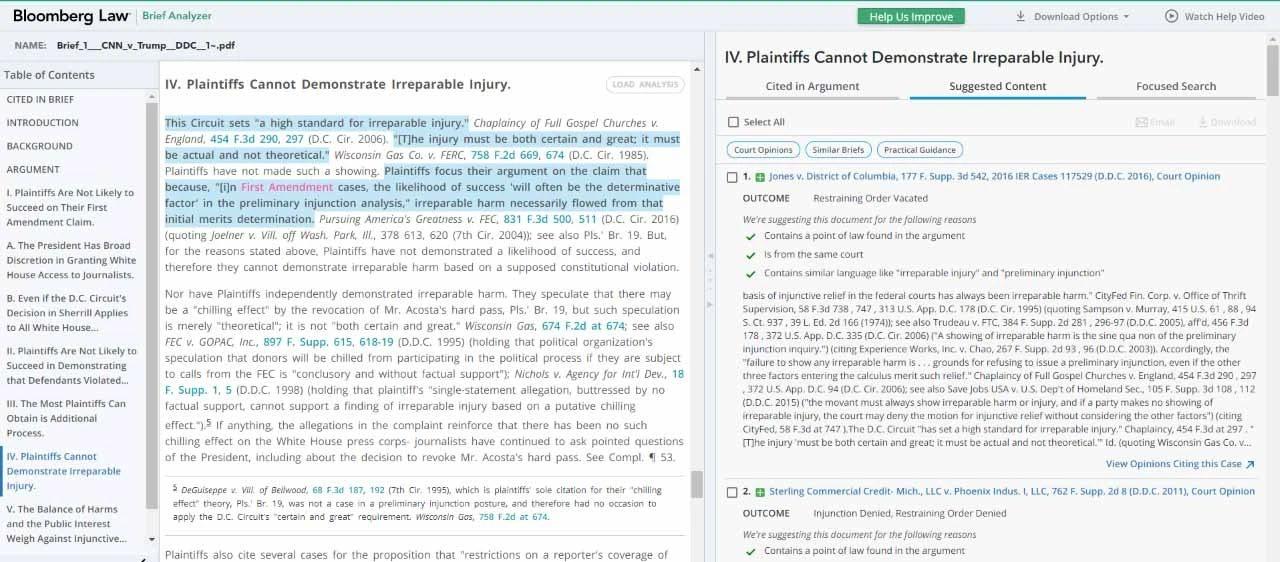
* Graphic source: Bloomberglaw.com
Automating Tasks
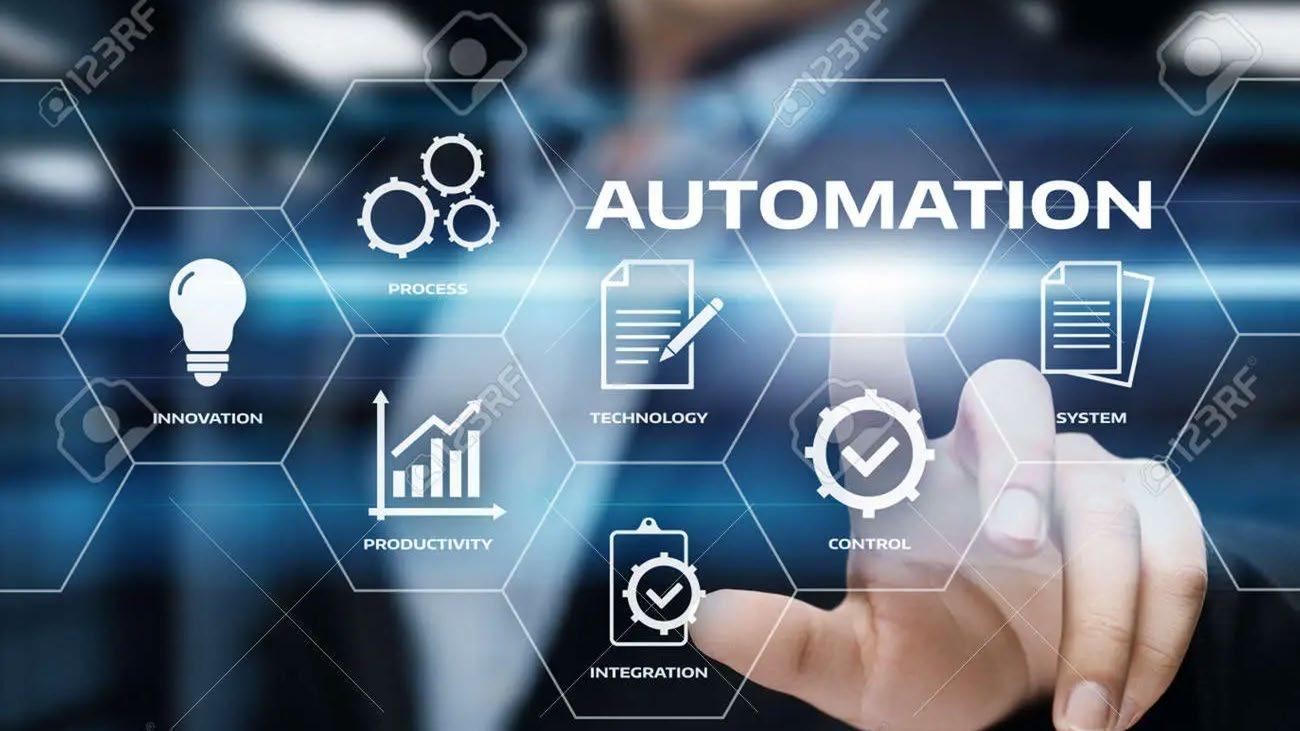
Legal Bots
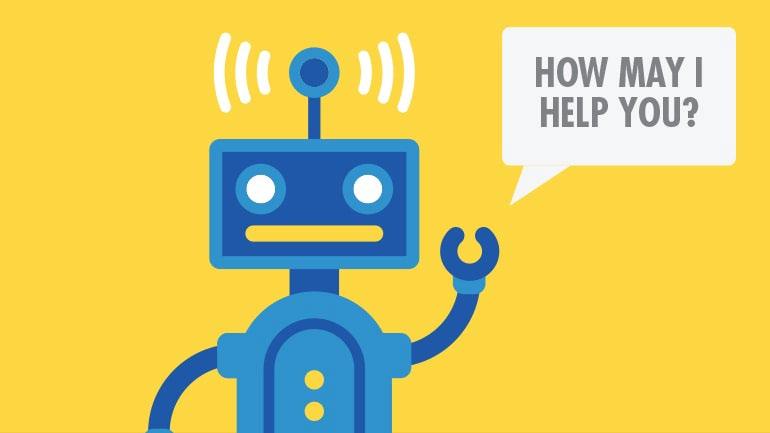
Legal Bots
Law firms developing bots to assist current or prospective clients with a legal issue based on their own circumstances and facts.
Pro bono legal bots to assist people who may not otherwise have access to the legal system.
A Stanford law graduate developed DoNotPay, that has helped over 160,000 people resolve parking tickets, and is now being expanded to help refugees with their legal problems.

•
•
•
Limitations and Ethics
(1) Accuracy (2) Scope (3) Privacy / confidentiality
(4) Regulations

Limitations and Ethics: Accuracy

• These are predictive models.
• How many of us make predictions that turn out to be incorrect?
• Predictive models also make errors
• ML can make errors-- Check your sources!
• “Here’s What Happens When Your Lawyer Uses ChatGPT,” NYT, Benjamin Weiser, May 27, 2022 • Facial recognition/gunshot spotter

Limitations and Ethics: Scope
• Strategy
• ML can’t fully weigh the factors that go into the many strategic decisions that get made over the course of any litigation matter.
• Human Element
• ML can’t make a convincing presentation to a jury.

• ML can’t replace human element of relationships with clients.
• ML can’t play a leadership role in motivating a team of attorneys to produce their best work.
Limitations and Ethics: Confidentiality
• RPR 1.6:
• A lawyer shall make reasonable efforts to prevent the inadvertent or unauthorized disclosure of, or unauthorized access to, information relating to the representation of a client.

• Chatbots, (including ChatGPT) log every conversation you have with it, including any personal data you share.
• Companies prohibiting ChatGPT
• Apple, JPMorgan Chase, Deutsche Bank, Verizon, Samsung, Amazon
Limitations and Ethics: Regulations
• May 19, 2023, U.S. Senate Committee on the Judiciary
• Sam Altman, CEO OpenAI

• Christina Montgomery, Chief Privacy & Trust Officer IBM
• Gary Marcus, Professor Emeritus NYU • Wholehearted agreement that AI needs regulation
• Senator Dick Durbin’s opening remarks: “I can’t recall when we’ve had people representing large corporations or private sector entities come before us and plead with us to regulate them.”
Takeaways
ML is awesome!
ML
is changing our practice of law
We have a responsibility to keep up with and understand the benefits of ML in our practice to give our clients the best representation possible.
Thank You! DeboraS@Stritmatter.com









































































